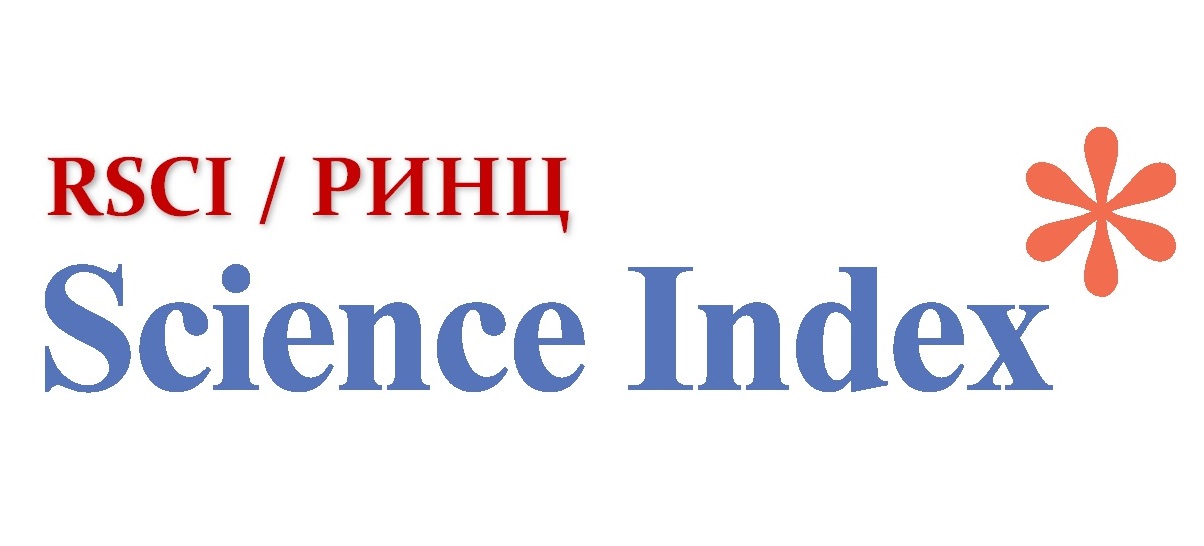The The Disconnect Between Governmental Tourism Strategies and Local Business Priorities
Views: 176 / PDF downloads: 90
DOI:
https://doi.org/10.32523/2789-4320-2023-3-356-367Keywords:
tourism, government strategy, local business priorities, Bayanaul, tourism map, Pavlodar regionAbstract
Tourism has been a crucial driver of economic growth in Kazakhstan, contributing positively to the country‘s GDP. To support this sector, the government has invested heavily in developing the tourism industry, making it a key pillar in their five-year plan. This study aimed to evaluate the impacts of the government’s tourism plan on Bayanaul, which is among TOP 10 priority tourists’ areas on the country’s Tourism Map. To reach the aim of the article authors examined the government’s tourism plan for Bayanaul, including its objectives and strategies, and then assessed how these align with the priorities and needs of local businesses in the area. It also explored potential consequences of any disconnect between government policies and local interests for the success and sustainability of tourism development in Bayanaul. Data was collected through interviews and surveys from various stakeholders, including government officers involved in tourism planning and implementation, business owners in Bayanaul area, and tourists who had visited the area. The results showed that different stakeholders had varying opinions on the implementation and impact of tourism development in the Bayanaul area, which indicated a lack of communication among different stakeholders during the implementation of the government plan.
Downloads
Downloads
Published
How to Cite
Issue
Section
License
Copyright (c) 2023 С. Абдрахманова, С. Могхаввеми, C. Умирзаков

This work is licensed under a Creative Commons Attribution-NonCommercial 4.0 International License.






